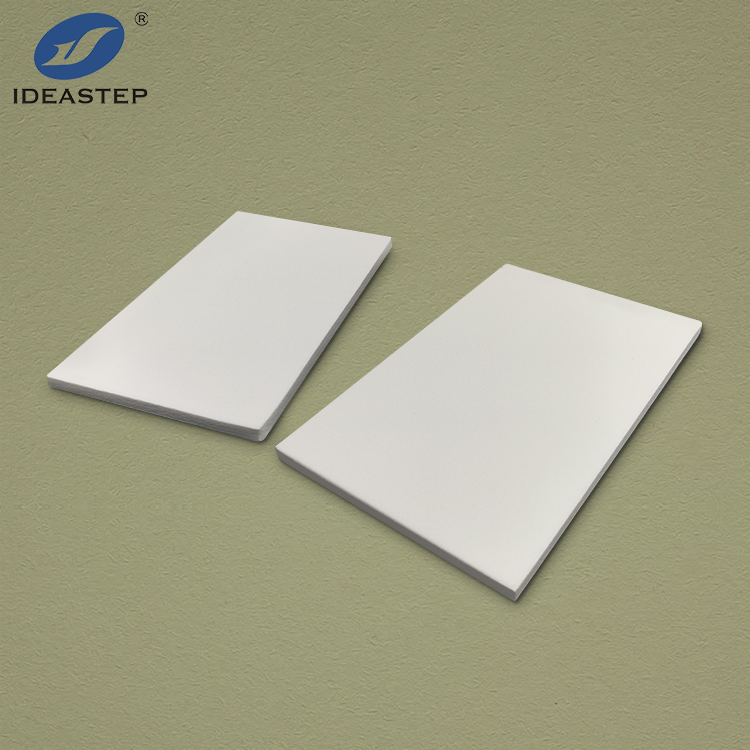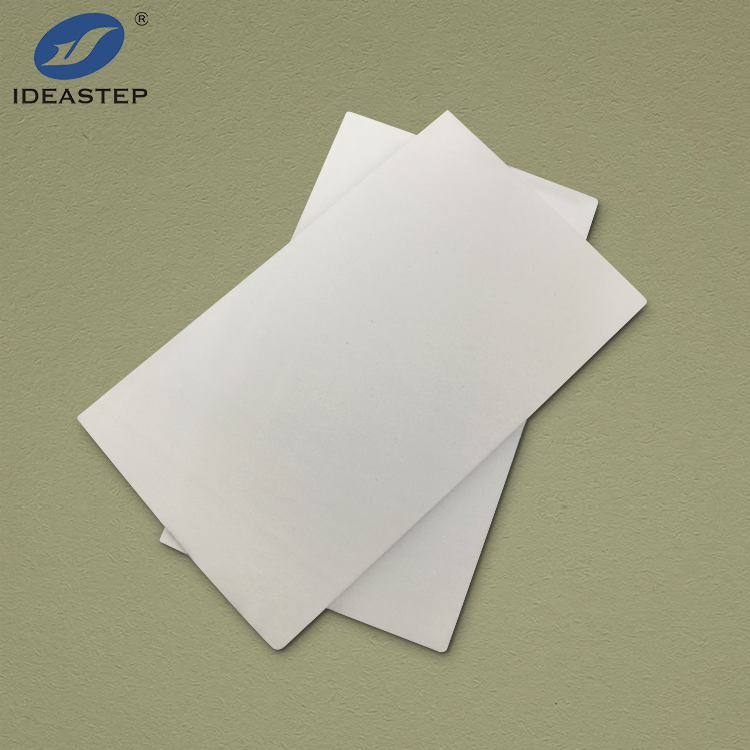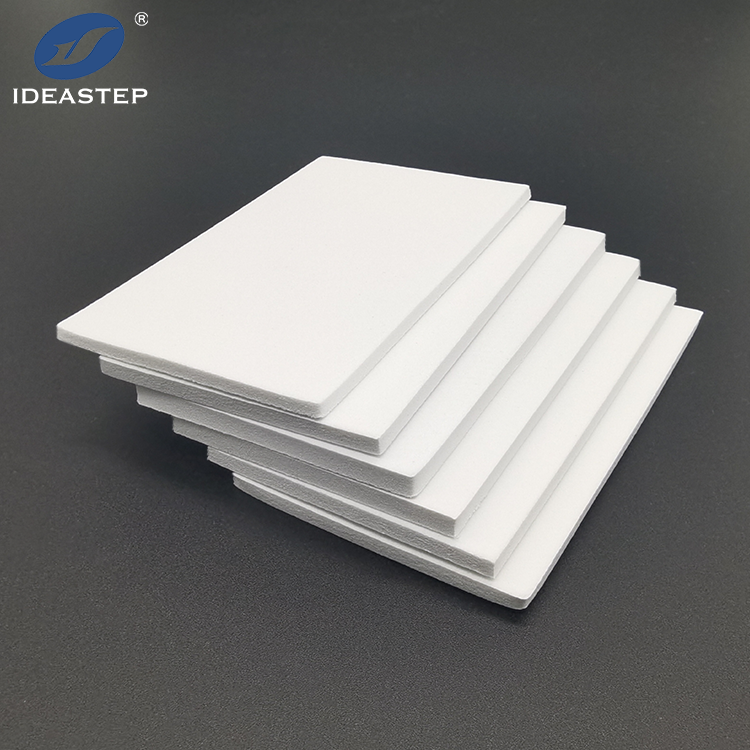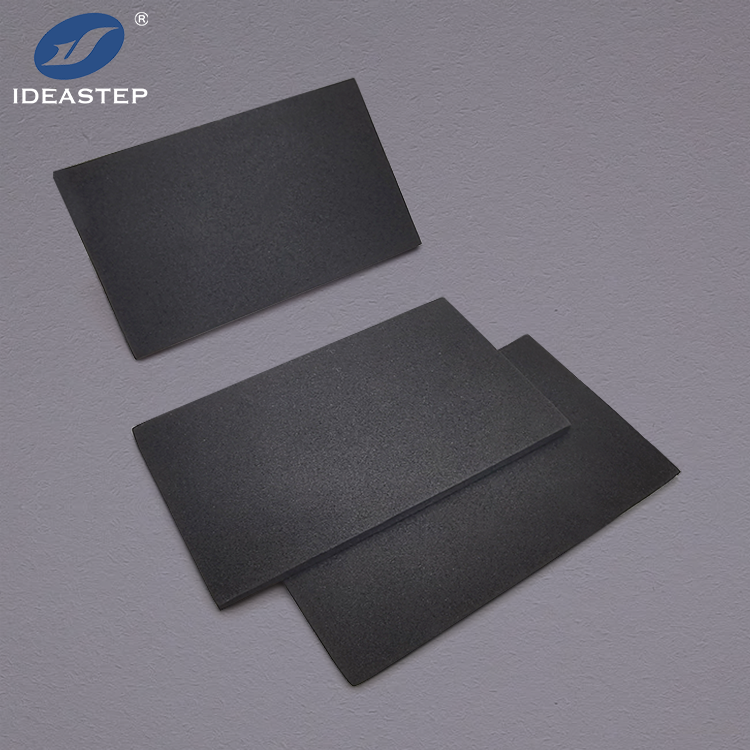When embarking on large-scale projects involving EVA foam sheets, collaborating effectively with suppliers is crucial for success. This guide outlines best practices to ensure smooth interactions and high-quality outcomes.
Understanding EVA Foam Sheets
EVA (Ethylene Vinyl Acetate) foam sheets are popular in various industries due to their lightweight, flexibility, and durability. They are widely used in applications ranging from crafting and cosplay to industrial insulation and automotive parts. For large-scale projects, the quality and consistency of EVA foam sheets are essential to achieving the desired results.

Choosing the Right Supplier
When selecting an EVA foam sheet supplier, consider the following factors to ensure they meet your project’s needs:
1. Experience and Expertise
Opt for suppliers with extensive experience in the industry. An experienced supplier, such as Ideastep, will have a deep understanding of EVA foam properties and production techniques. This expertise is invaluable for addressing specific requirements and troubleshooting any issues that arise.
2. Quality Control
Ensure the supplier has stringent quality control measures in place. High-quality EVA foam sheets should be consistent in density, thickness, and color. Request samples and review their certifications to confirm adherence to industry standards.

3. Production Capabilities
Verify that the supplier can handle the scale of your project. Large-scale projects require suppliers with sufficient production capacity and advanced machinery to deliver consistent quality in bulk.
Effective Communication
Clear and effective communication with your supplier is vital for a successful partnership. Here are some tips:
1. Define Your Requirements
Provide detailed specifications for your project, including dimensions, thickness, color, and any other relevant details. A well-defined scope helps the supplier deliver exactly what you need and avoids misunderstandings.

2. Discuss Lead Times and Delivery
Clarify lead times and delivery schedules to align with your project timeline. Ensure the supplier can meet deadlines and handle any potential delays or changes in order quantity.
3. Maintain Regular Contact
Establish a point of contact for regular updates and inquiries. Regular communication helps address any issues promptly and keeps the project on track.
Negotiating Terms
Negotiating terms with your EVA foam sheet supplier can help ensure a mutually beneficial agreement. Consider the following:
1. Pricing
Discuss pricing based on order volume and frequency. Suppliers like Ideastep may offer discounts for bulk orders or long-term contracts. Ensure the pricing structure aligns with your budget and project needs.
2. Payment Terms
Agree on payment terms, including payment methods and schedules. Clear terms help avoid financial disputes and ensure smooth transactions.
3. Warranty and Returns
Confirm the supplier’s warranty and return policies. A reliable supplier should offer a warranty against defects and provide options for returns or exchanges if needed.

Managing Quality and Expectations
Maintaining high standards throughout your project involves continuous monitoring and quality checks:
1. Inspect Incoming Shipments
Upon receiving EVA foam sheets, inspect them for quality and conformity to specifications. Check for consistency in thickness, density, and color. Address any discrepancies with the supplier immediately.
2. Conduct Regular Quality Checks
Implement quality checks throughout the production process to ensure the foam sheets meet project requirements. Regular inspections help catch issues early and maintain the desired quality.
3. Provide Feedback
Provide constructive feedback to your supplier about their product and service. Positive feedback reinforces good practices, while constructive criticism helps improve future interactions and product quality.
Conclusion
Working with EVA foam sheet suppliers effectively requires careful selection, clear communication, and diligent management. By following these best practices, you can ensure a successful partnership and high-quality results for your large-scale projects. Whether you’re working with experienced suppliers like Ideastep or others, applying these principles will help you achieve your project goals efficiently and effectively.
FAQ
1. What is EVA foam used for?
EVA foam is used in various applications, including crafting, cosplay, insulation, and automotive parts due to its lightweight, flexible, and durable properties.
2. How do I choose the right EVA foam sheet supplier?
Consider factors such as the supplier’s experience, quality control measures, and production capabilities. Ensuring they meet your project’s specific requirements is crucial.
3. What should I do if I receive defective EVA foam sheets?
Inspect the sheets upon arrival and contact your supplier immediately if you find defects. Most suppliers offer warranties and return policies to address such issues.
